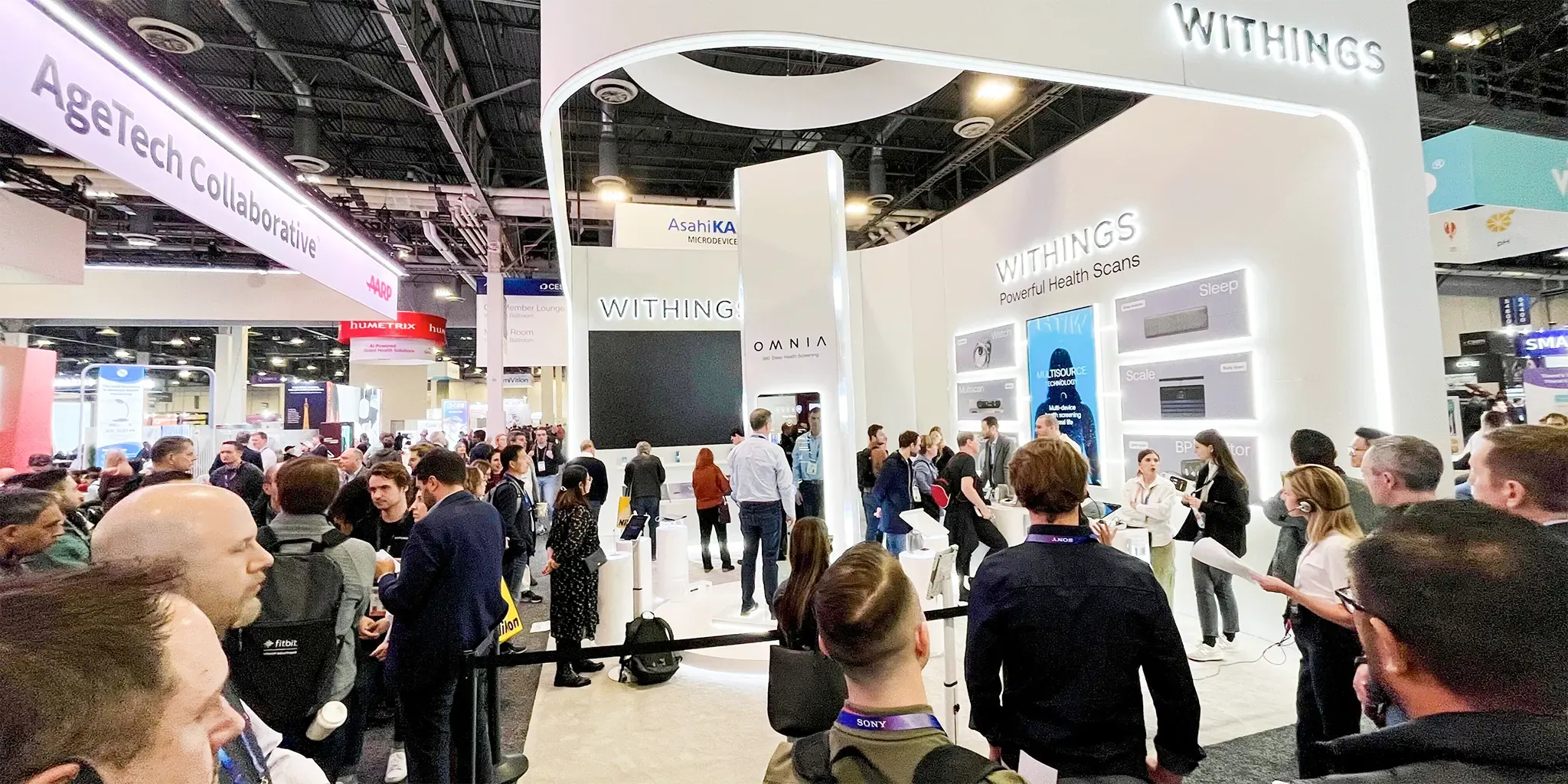In the glow of neon lights and the hum of innovations at CES 2025, the world’s largest technology exhibition gathered over 141,000 visitors from around the globe to showcase where humanity is headed. From robots that look like pets to AI-powered televisions and reimagined electric vehicles redefining mobility, the event held from January 7 to 10 became an arena for the ambitions and anxieties of the technological era. While companies from Nvidia to Hyundai demonstrated groundbreaking products, CES 2025 reflected a deeper narrative: a world where artificial intelligence (AI) becomes not just a tool but a partner shaping our future—raising questions about what it means to be human in the age of machines.
AI Everywhere: From Televisions to Roads
Artificial intelligence dominated CES 2025, permeating every aspect of the exhibition, from consumer electronics to industrial solutions. Samsung introduced Vision AI for their TVs, allowing users to control devices via natural language, from selecting movies to planning vacations. Google went further, integrating Gemini AI into its smart TV platform, promising not only entertainment but also assistance with homework or smart home management. “AI is no longer an app, it’s the foundation,” — stated S.V. Young, Samsung Vice President, during the keynote on January 5.
Nvidia, often dubbed the unofficial winner of the exhibition, raised the stakes by unveiling Cosmos AI—a foundational model that helps robots and autonomous vehicles better understand the physical world. Their Project Digits, a “personal AI supercomputer” for researchers and students, generated excitement among developers, promising to democratize access to advanced computing power. “We are building not just technology, but an intellect that collaborates with us,” — declared Nvidia CEO Jensen Huang, whose keynote drew a full house.
But AI was not confined to screens or labs. Volkswagen announced the integration of ChatGPT into its voice assistants, enabling drivers to ask complex questions—from finding restaurants to explaining quantum physics. Honda showcased electric cars from the 0 series that utilize AI to optimize routes and energy consumption, while XPENG AEROHT impressed the audience with a modular flying car that combines autonomous driving with electric propulsion. “Cars are no longer just transportation—they are smart companions,” — said Yasuhiro Mizuno of Sony Honda Mobility, introducing the electric AFEELA 1.
Mobility and Quantum Horizons
Mobility was another star of CES 2025, demonstrating how technology is transforming not just roads but the sky and seas as well. Innovations spanned construction, agriculture, and even maritime engineering. Aptera unveiled a three-wheeled electric car priced at $40,000 with aerodynamic design and nearly 50,000 pre-orders, promising production to start later this year. BMW amazed attendees with the Panoramic iDrive system—a wide digital display across the dashboard to be included in new models from 2025.
Quantum technologies, though less visible, opened the door to the future. The exhibition showcased progress in quantum computing, networking, and sensors, which experts say could revolutionize finance, chemistry, and logistics. “Quantum computers working alongside AI are like adding a turbocharger to the human mind,” — remarked an IBM representative whose demonstrations attracted investor interest.
The Human Touch: From Robots to Salty Spoons
Despite the futuristic shimmer, CES 2025 also reminded us of the desire for technologies to serve human needs. Jennie, a robotic puppy from Hyve, impressed visitors with its realism, promising to become an emotional companion for $300 starting June 2025. “It’s not just a robot; it’s a friend,” — said a Chicago visitor who tested Jennie. The Kirin Electric Salt Spoon, which uses electrical impulses to mimic the salty taste without adding salt, became a hit among health-conscious consumers, although some skeptics questioned its practicality.
Digital healthcare also shone. Wearable devices for monitoring heart rhythms and AI systems for early diagnosis were displayed at Venetian booths. “Technology is becoming an integral part of our health—like thermometers were a century ago,” — noted a Consumer Technology Association (CTA) analyst.
Shadow of Tragedy and the Energy Dilemma
CES 2025 was not without its shadows. Fires in Los Angeles that broke out on the opening day drew media attention, reminding us of vulnerability to natural disasters. Some participants, whose colleagues were affected by the fires, quietly left the show to help loved ones. “Technology is impressive, but nature reminds us who’s boss,” — said one attendee from California.
The energy crisis also posed a challenge for exhibitors. Growing demand for energy from AI and cloud technologies led companies like Intel and AMD to introduce new chips emphasizing energy efficiency. The exhibition also highlighted experimental solutions—from green hydrogen systems to small modular nuclear reactors that could power future data centers. “AI is the engine of progress, but it needs fuel,” — said a CTA representative, emphasizing a focus on decarbonization.
Global Stage: Leaders, Diplomats, Innovators
CES 2025 reaffirmed its status as a global platform. 158 government representatives from around the world participated in the CTA Leaders in Technology program, discussing challenges related to scaling innovation. Visitors from Asia, Europe, and Latin America filled 2.1 million square feet of exhibition space, where 4,500 exhibitors—from startups to giants like LG and Asus—competed for attention. “This is a place where ideas become reality,” — said one investor who struck a deal with a quantum startup right at the show.
But behind the shine were concerns. Insiders note that many products, from Lenovo’s expanding screens to Hisense’s 163-inch MicroLED TV, remain concepts or come at exorbitant prices, such as Lenovo’s foldable-screen laptop costing $3,499. “CES is a show of dreams, but not all dreams come true,” — says ZDNET analyst Allison Murray.
The Future We Are Building
CES 2025 served as a mirror of our times: a world balancing between excitement and caution, between AI promising to solve global problems and the challenges it creates. From the Dreame X50 Ultra, the first robot vacuum with legs to overcome obstacles, to biodegradable paper batteries, the exhibition demonstrated how technology can be both futuristic and human-centered.
For Las Vegas, which welcomed 141,000 visitors, CES was an economic blessing; but for the world, a moment of truth. Can we steer AI, quantum computing, and electric mobility for the benefit of all, not just the chosen? Can we maintain a balance between innovation and sustainable development? As leaders, innovators, and diplomats left the exhibition halls, these questions echoed in the air, like drones over the booths. CES 2025 did not provide final answers, but it reminded us: the future is not something that happens to us, but something we create together.



